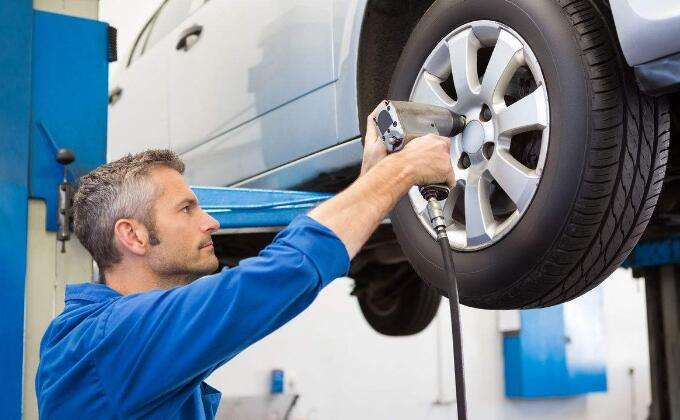
While you might spot a car here or there with these technologies in the coming years, they’re still rare – and it’ll be decades before they’re the norm. The automotive market isn’t standing still while these transitions take place. What’s happening right now, and how does it impact independent shops? Here are three trends that will probably impact your shop in the next three years, if they aren’t already.
Imports are taking a larger share of the market than ever
Foreign nameplates now make up 49% of the automobiles being sold in the US today. This is having several impacts on independents. The biggest impact is that it’s leading to more service work going to dealers. While there are independent shops that specialize in imports, most shops do more work on domestics in part due to the cost of software required to diagnose and service foreign nameplates. Dealer service revenue is growing, but all of that growth can be tracked back to foreign nameplate growth.
Tele matic are encouraging customers to visit dealerships for service
Tele matics, or the sharing of data from car to auto shop, poses a major threat to independent shops – so much so that it’s one of the top lobbying goals for the Auto Care Association right now. Currently, between 30% and 40% of cars sold have telematics systems, but this will grow rapidly.
Already, cars with tele matics can transfer information about a vehicle to the dealership, such as the need for oil changes and tune-ups, and dealers can email the owner and ask to schedule an appointment. The new Kia UVO system takes it one step further, allowing service to be scheduled directly from the car’s touch screen. Unless independents have access to this information, dealerships will be able to reach customers at their point of need, while independent shops will have to rely on customers contacting them – a major disadvantage.
Pressure in the parts supply market should benefit repair shops.
Not all of the 2018 automotive trends are bad for independent shops. Parts suppliers are facing a tough time right now – and their stock prices reflect it. Their do-it-yourself customers are increasingly buying parts online, because it’s cheaper and easier. That means that the do-it-for-me market, the auto repair shop market, is more important than ever. Parts distributors understand that the two most important factors to shops are the price of the part and how long it takes to get to their shop – but they want to be able to provide more than that to shops. They want for you to appreciate them for more than being 10 cents cheaper or 10 seconds faster.
Part of this is being able to provide discounts on services like our own – we’re partnered with several parts distributors and are able to drop our setup fees substantially for customers who are also partnered with those suppliers. Many also offer everything from extended warranty programs to credit programs for customers who buy a large percentage of their products from them. You can expect for your parts suppliers to be looking for ways to offer more value to your shop over the coming months and years.
If you are a repair shop owner, it’s always a good idea to assess the current market and where you think it may go over the next few years before making any mid-term or long-term plans. These 2018 automotive trends can help you at least get a start on it.


